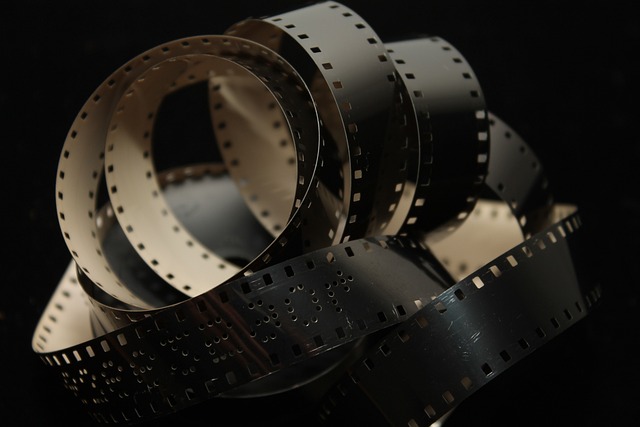Exploring the Art of Film Composition: A Photographer’s Guide to Optics and Cameras
Photography is more than just capturing images; it is an art form that conveys stories, emotions, and perspectives. When working with film, the experience takes on a unique and tactile dimension, inviting photographers to engage deeply with the elements of composition, optics, and camera mechanics. Understanding these concepts is essential for anyone passionate about creating compelling photographic art.
The Essence of Film Photography
The allure of film lies not only in its nostalgic charm but also in the hands-on process that challenges photographers to think intentionally about every shot. Unlike digital photography, where hundreds of images can be taken and instantly reviewed, film demands precision, patience, and a deliberate approach to composition. This careful consideration often leads to more meaningful and thoughtfully composed photographs.
Magic of Optics: The Heart of Film Cameras
At the core of any camera is its optics. The lens defines how light interacts with the film inside, shaping the final image. The quality, focal length, and aperture of the lens influence depth of field, focus, and clarity. For a photographer working with film, appreciating these optical properties is vital. Understanding optics lets you control visual storytelling by manipulating light and perspective, framing subjects in a way that enhances emotion and narrative.
Camera Selection and Its Role in Composition
Choosing the right camera is an integral part of mastering film photography. From vintage rangefinders to classic SLRs, each camera offers unique features that affect how composition is approached. Some favors precise manual controls, encouraging photographers to engage directly with their craft, while others provide different lens options or film formats that create varying textures and tones. Recognizing how your camera’s characteristics influence composition enables you to harness its full creative potential.
Crafting the Perfect Composition
Composition is the language through which photographs communicate. When shooting on film, every element within the frame must be thoughtfully orchestrated. Consider principles such as the rule of thirds, leading lines, balance, and negative space — all essential tools to guide the viewer’s eye and evoke emotion. The fixed exposures per roll of film prompt the photographer to focus on these aspects deliberately, making each photo count.
Beyond Technicalities: Embracing the Film Experience
Film photography encourages mindfulness and immersion in the moment. Handling film cameras slows down the process, allowing an appreciation for light, shadows, and surroundings. This mindfulness enriches the artistic quality of images, turning the act of photography into a meditative experience. The tangible nature of film fosters a unique connection between the photographer and their work, one that is absent in the rapid-fire world of digital imagery.
In exploring the art of film composition, photographers develop both technical skills and a deeper emotional resonance with their craft. By learning to master optics, selecting the right camera, and practicing intentional composition, the beauty and authenticity of film photography continue to captivate and inspire.



